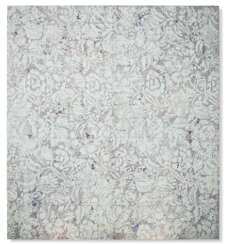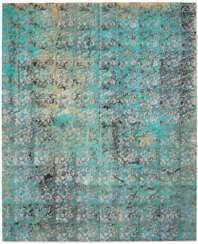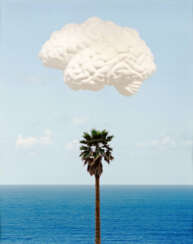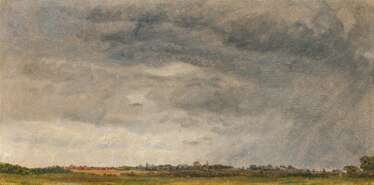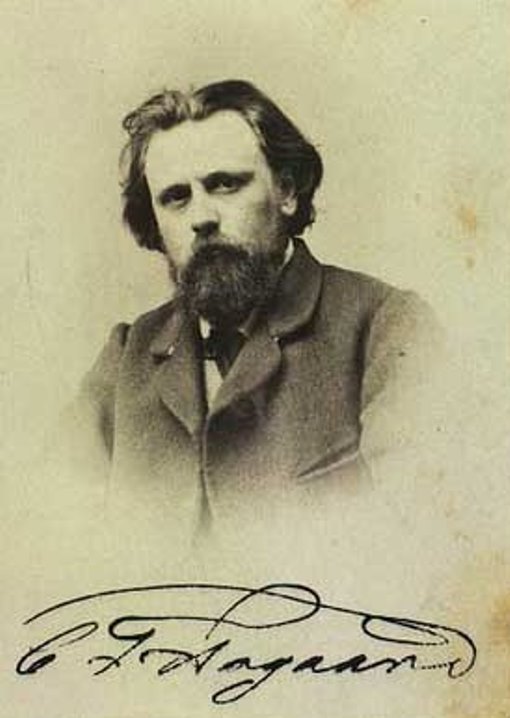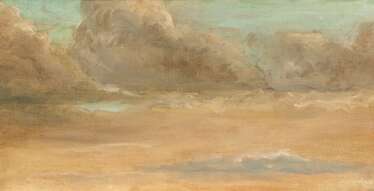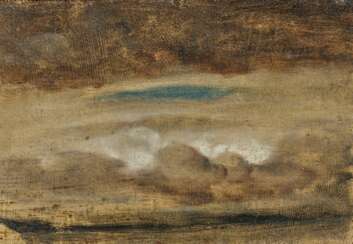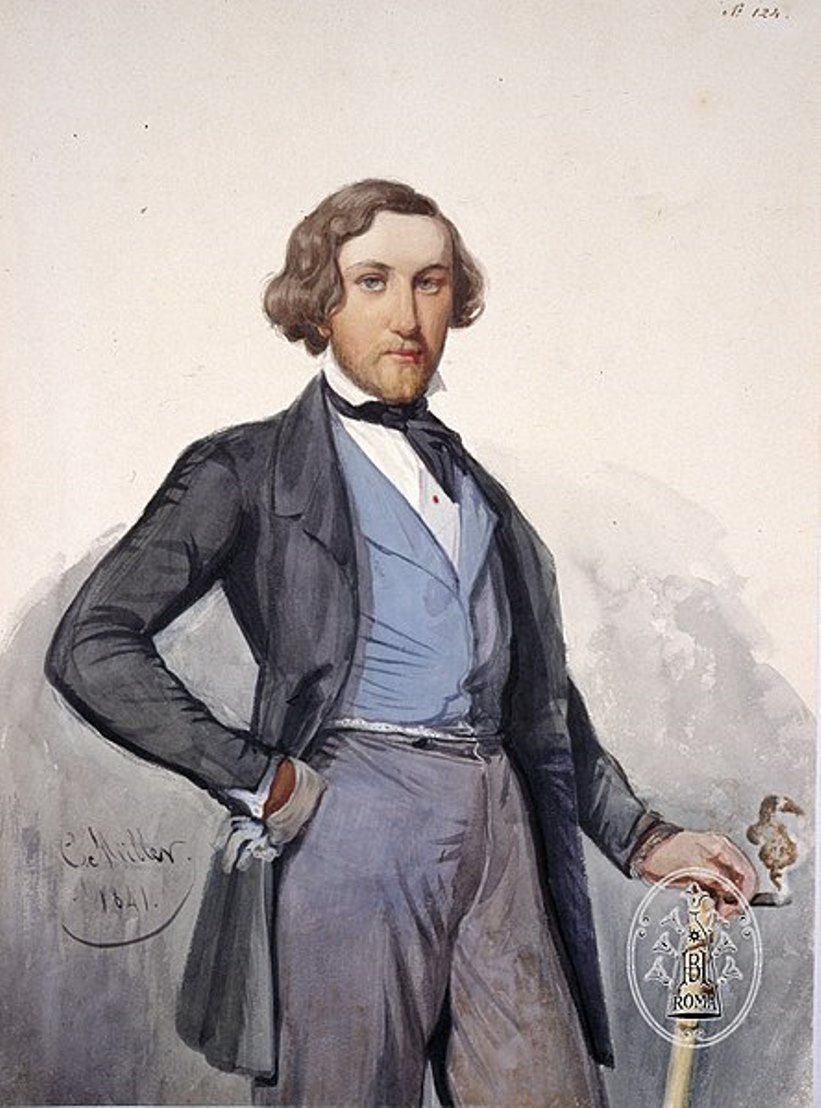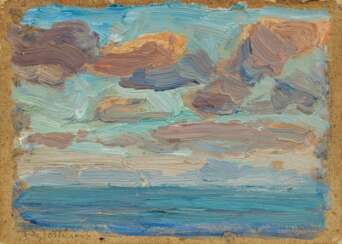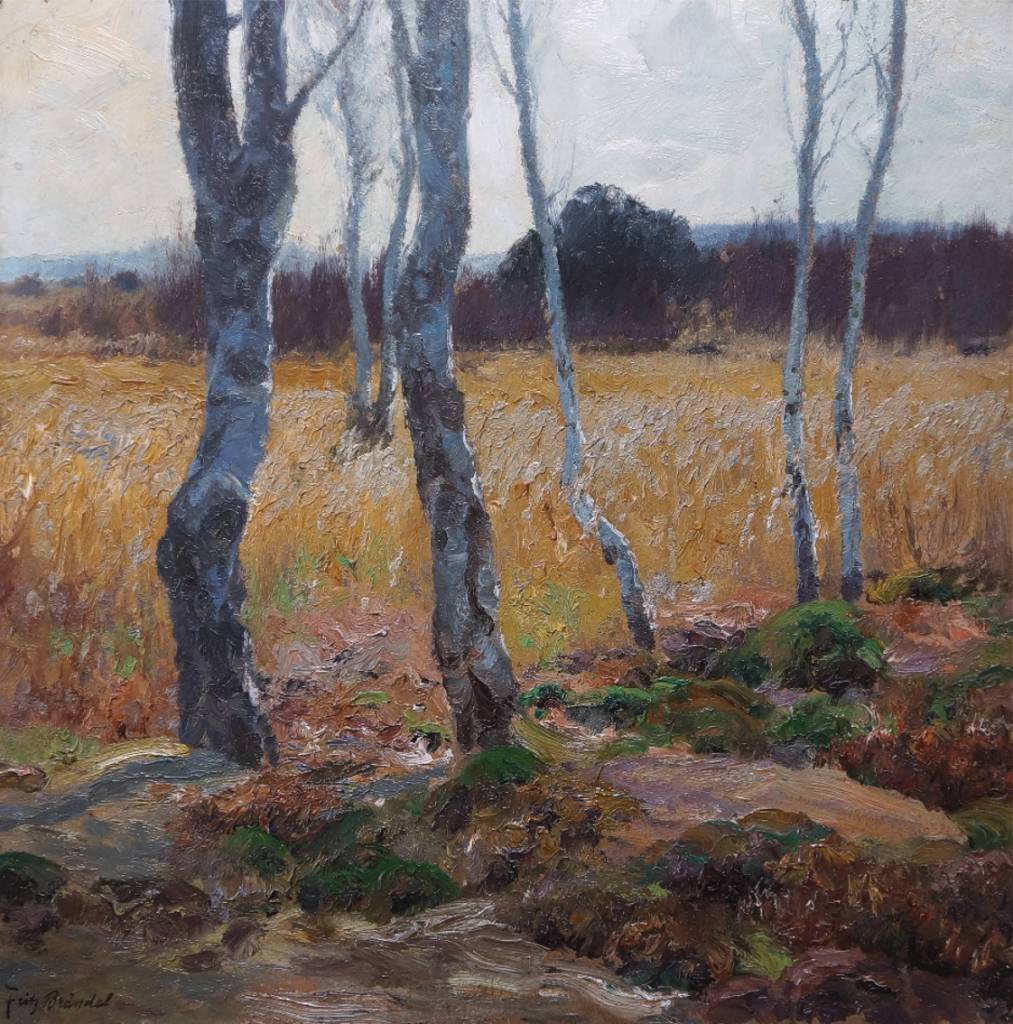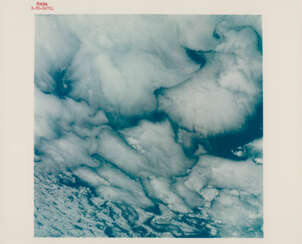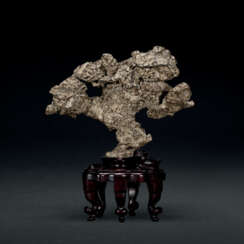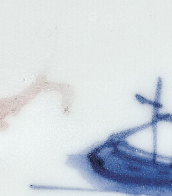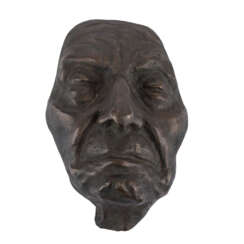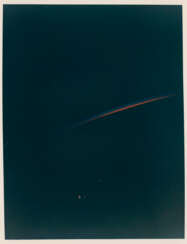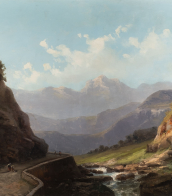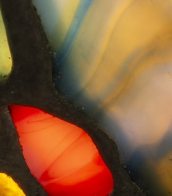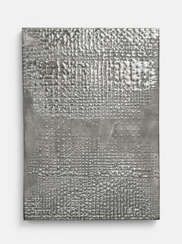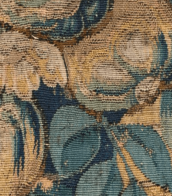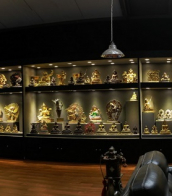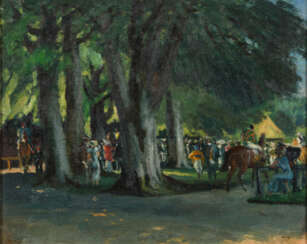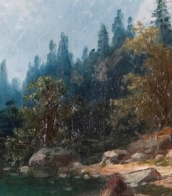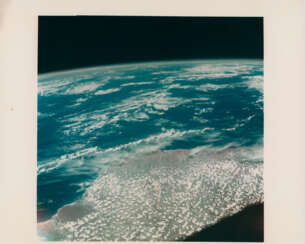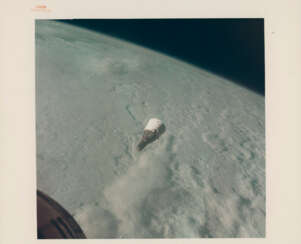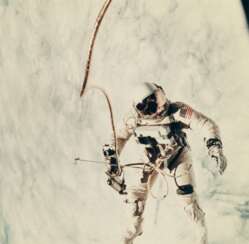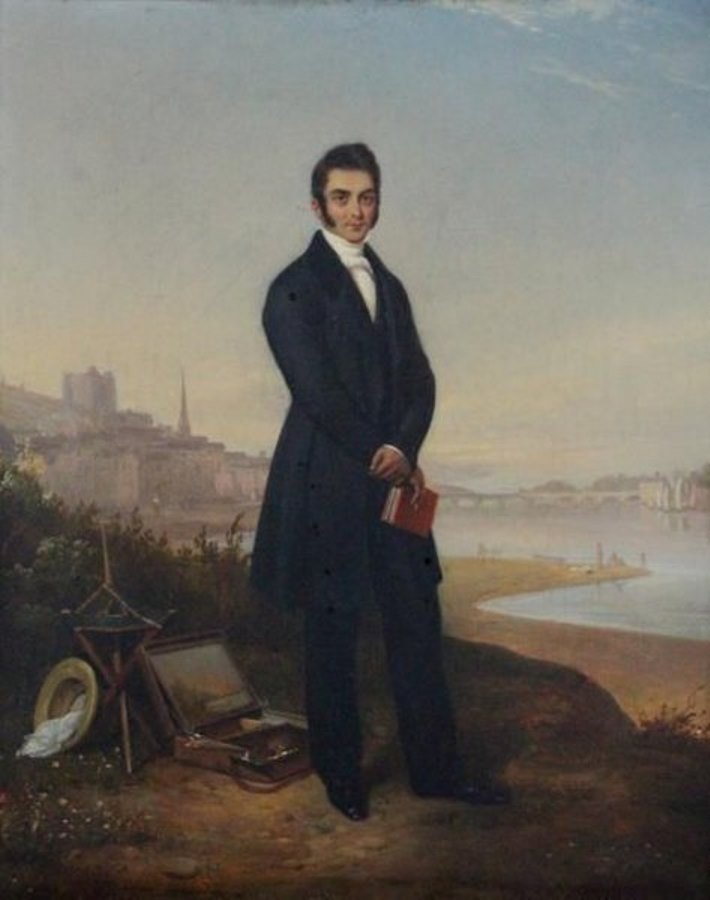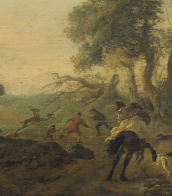cloud
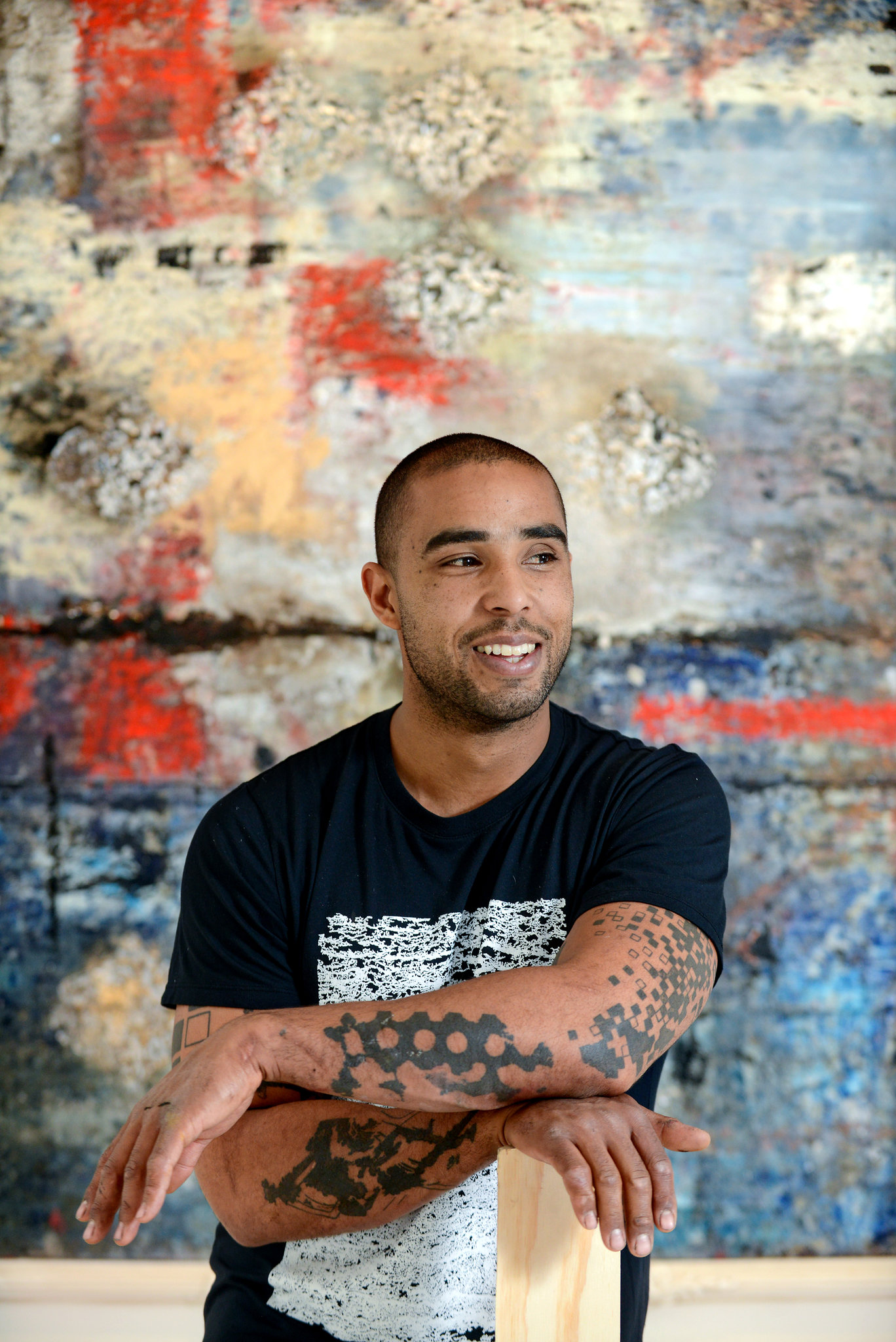
Hugo McCloud is an American visual artist born in Palo Alto, California. He is inspired by urban landscapes and using unconventional, mostly industrial and discarded, materials to create his pieces, such as: black tar, bitumen, aluminum sheeting, oxidized steel plates, and plastic bags. He fuses these materials with conventional pigment and woodblock printing techniques. McCloud gets his references from photographs of people in developing countries. Using these photographs his work relates on topics like economy of labor, geopolitics, and environmental issues. His works states what reversing the negative impact of society's carbon footprint could look like.
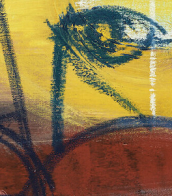

Hugo McCloud is an American visual artist born in Palo Alto, California. He is inspired by urban landscapes and using unconventional, mostly industrial and discarded, materials to create his pieces, such as: black tar, bitumen, aluminum sheeting, oxidized steel plates, and plastic bags. He fuses these materials with conventional pigment and woodblock printing techniques. McCloud gets his references from photographs of people in developing countries. Using these photographs his work relates on topics like economy of labor, geopolitics, and environmental issues. His works states what reversing the negative impact of society's carbon footprint could look like.
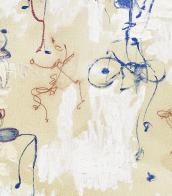
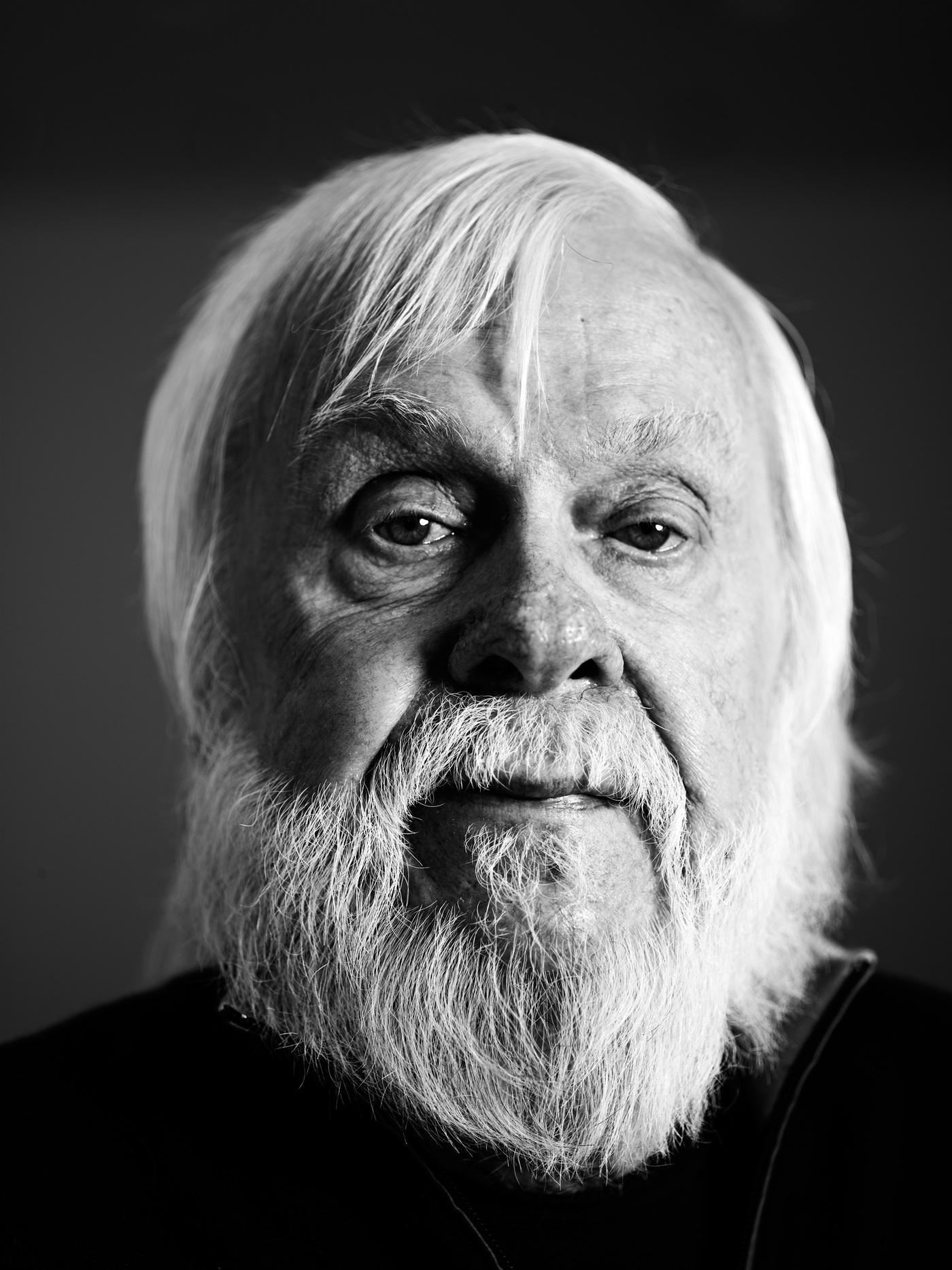
John Baldessari was an American conceptual artist known for his work featuring found photography and appropriated images. He lived and worked in Santa Monica and Venice, California.
Initially a painter, Baldessari began to incorporate texts and photography into his canvases in the mid-1960s. In 1970 he began working in printmaking, film, video, installation, sculpture and photography. He created thousands of works which demonstrate — and, in many cases, combine — the narrative potential of images and the associative power of language within the boundaries of the work of art. His art has been featured in more than 200 solo exhibitions in the U.S. and Europe. His work influenced that of Cindy Sherman, David Salle, Annette Lemieux, and Barbara Kruger among others.


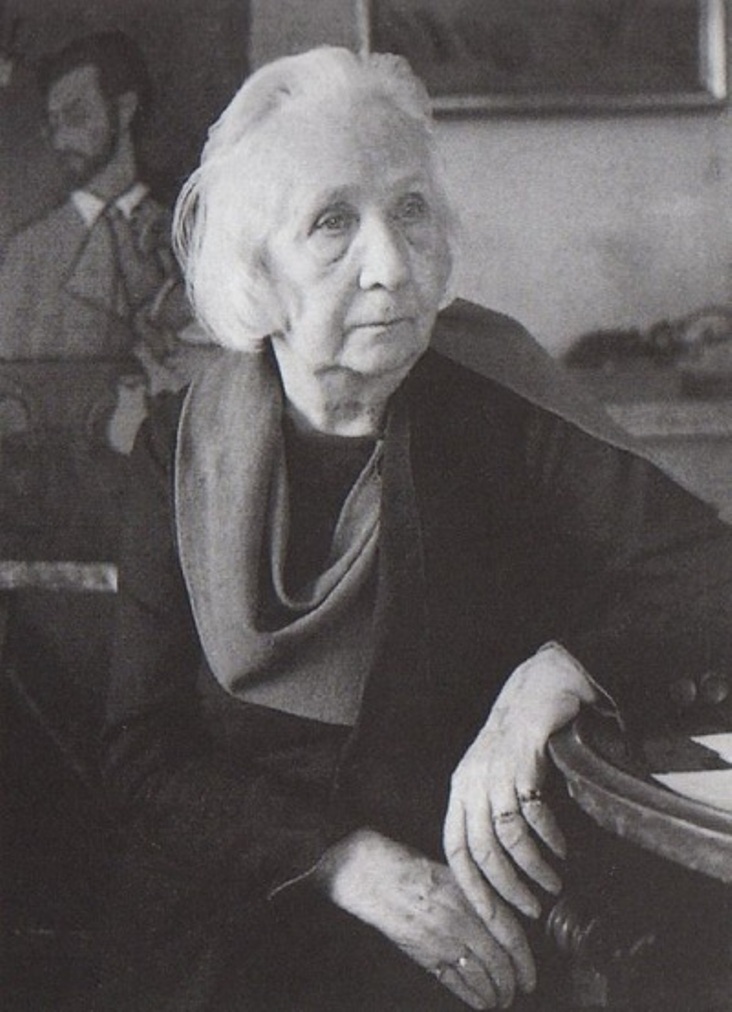
Gabriele Münter, a prominent German painter, left an indelible mark on the art world with her expressionist style and vibrant use of color. Born in Berlin in 1877, Münter was not just an artist but a trailblazer in the early 20th-century avant-garde movement in Munich. Her relationship with Wassily Kandinsky, both personal and professional, greatly influenced her artistic development and vice versa. Together, they explored Europe and North Africa, absorbing influences that would shape their styles. This period was crucial for Münter's transition from impressionistic to more abstract and expressive works, incorporating intense colors and simplified forms that became hallmarks of her style.
Münter's artistic evolution was significantly shaped by her time in Murnau, a Bavarian town that became a refuge and inspiration for her work. Here, she experimented with the Blaue Reiter aesthetic, emphasizing the emotional and spiritual over the representational. Münter's landscapes from this period are notable for their bold use of color and simplified forms, reflecting an intimate interaction with nature. Works like "Jawlensky and Werefkin" and "Lower Main Street, Murnau" exemplify her mastery of color and form, showcasing her ability to capture the essence of her subjects through a unique visual language.
Throughout her career, Münter contributed significantly to the German Expressionist movement, particularly through her involvement with Der Blaue Reiter group. Despite the challenges of World War I and the subsequent estrangement from Kandinsky, she continued to innovate and express her vision through her art. In her later years, Münter's commitment to preserving the legacy of the Blaue Reiter group was demonstrated through her donation of a substantial collection of artworks to the Städtische Galerie im Lenbachhaus in Munich.
For collectors and experts in art and antiques, Gabriele Münter's work represents a pivotal moment in the history of expressionism, offering insights into the movement's evolution and the role of women artists in shaping modern art. Her contributions, both in her vibrant landscapes and in her pioneering spirit, continue to inspire and captivate audiences around the world.
To stay updated on new product sales and auction events related to Gabriele Münter, signing up for updates is an invaluable resource for enthusiasts keen on exploring the depths of expressionism and the enduring legacy of this remarkable artist.
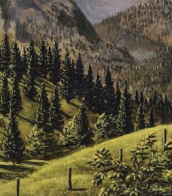



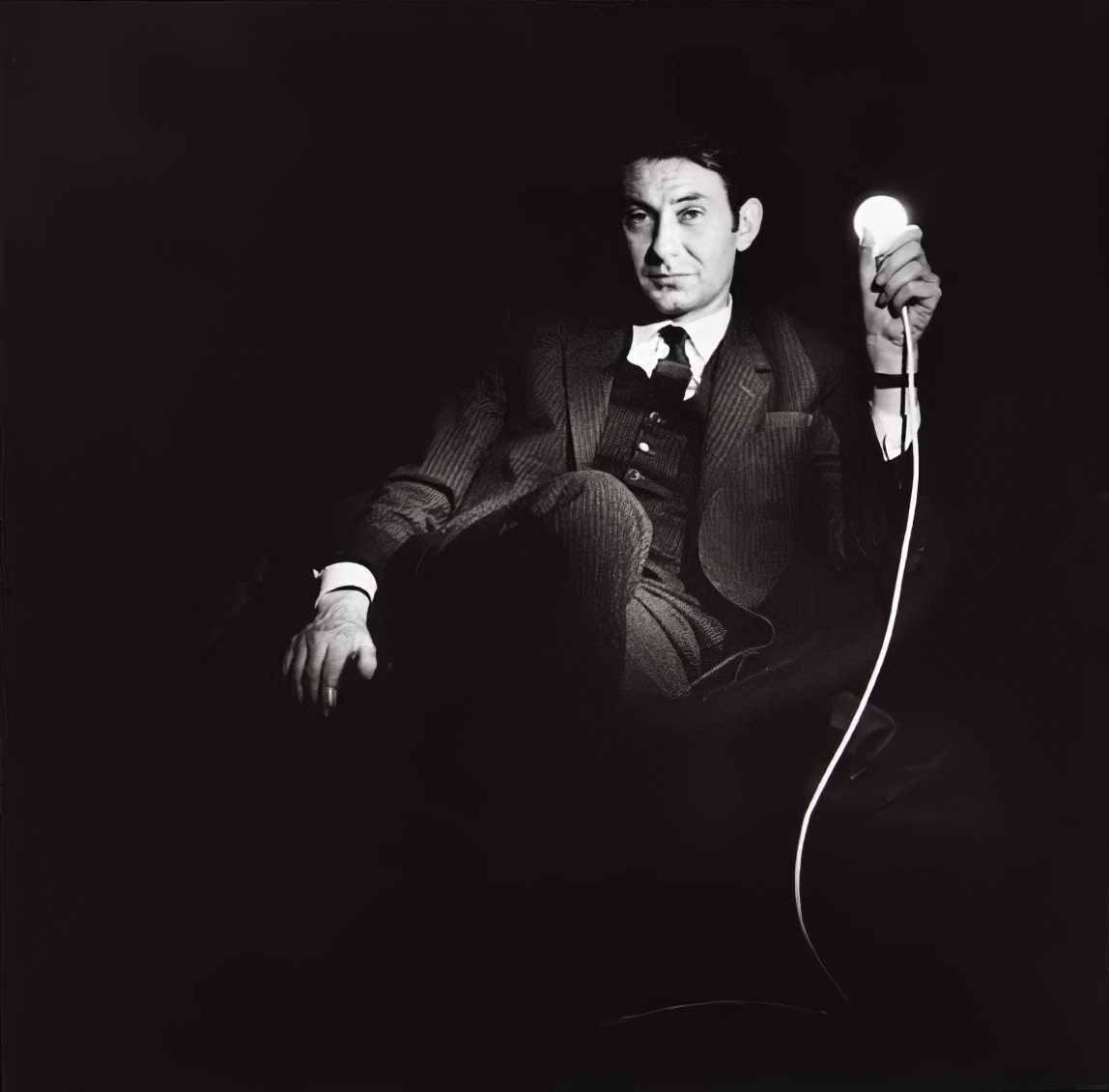
Otto Piene was a German-American artist specializing in kinetic and technology-based art, often working collaboratively.






